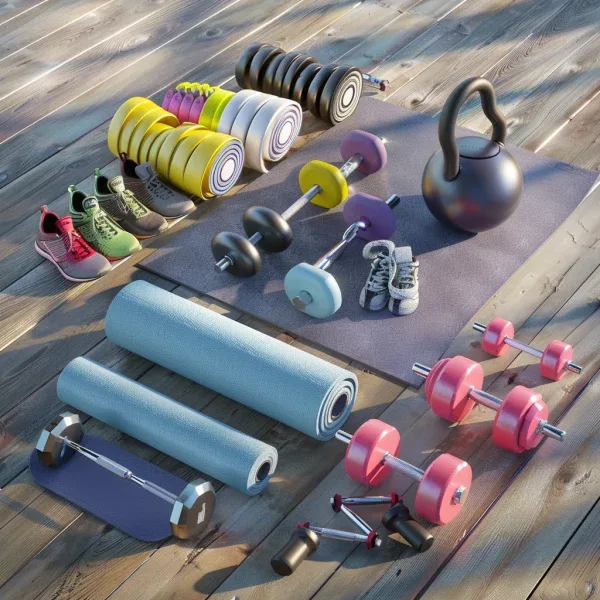by Clarissa Hartley

When it comes to after-pregnancy body concerns that many women face, pelvic floor issues often take center stage. As a savvy lady who’s no stranger to all the challenges motherhood brings to your doorstep – from endless laundry piles to countless sleepless nights – it’s time for you to be bold and say ‘no’ to pelvic floor problems. Stress urinary incontinence, common among women, especially new mothers, is a silent troublemaker you shouldn’t ignore.
Your pelvic floor is essentially akin to the physical foundation of your pelvic area, holding vital organs like the bladder, uterus, and bowel at the right places. These important muscular linings cater to many essential bodily functions which ensure a healthy life. Pregnancy, however, puts a significant toll on this powerful foundation, by elongating the pelvic floor to make room for the baby. Naturally, the muscles weaken over time, making them less supportive for the organs. Various factors, including menopause, regular heavy lifting, and high-intensity workouts can further compromise the strength of these muscles.
But there’s no need to fear, as functional pelvic floor dysfunction can be restored with consistent pelvic muscle training. By strategically isolating and regularly contracting the pelvic floor muscles, you can definitely regain their strength.
Embark on Your Fitness Journey with Pelvic Floor Workouts
Looking to enforce and repair your pelvic floor muscles? Here are seven invaluable exercise routines, designed by the brains behind the successful workout initiative – ‘Powerful Mama Fitness Program,’ which you can attempt from the comfort of your home. Strive to practice these exercises thrice in a week, in the order given.
Beginner-friendly Moves
If you’re a newbie to pelvic floor exercises, break the ice with these easy-to-follow moves before proceeding towards the more advanced workouts.
Glute Bridge
Reps: 3 x 10
Starting from a flat-on-the-back position with bent knees, press your heels and squeeze your glutes to form a straight line from your chin to your knees. Perform 10 contractions of your pelvic floor muscles at the highest point of each motion.
Dead Bug
Reps: 10 (each side)
Lying on your back, your knees aligned directly above your hips and your arms raised towards the ceiling. Alternative contractions of your pelvic floor muscles, while stretching your right arm and left leg, followed by your left arm and right leg.
Bird-Dog
Reps: 10 (each side)
Starting on your fours, while exhaling, contract your pelvic floor and progressively raise your right arm and left leg. Feed the symmetrical action with your opposite limbs afterwards.
Advanced Moves
Having perfected the basic moves, it’s time to step up to the advanced exercises. These exercises aim to integrate your breathing into pelvic floor engagements.
Knees Bent Heel Slide
Reps: 10 (each leg)
While lying down, activate your pelvic floor and core as you slide one leg away from your body, maintaining the connection to your core and pelvic floor.
Heel Tap Leg Lengthen
Reps: 10 (each leg)
Starting with one leg in the table top position, contract your pelvic floor and core to extend this leg and tap your heel against the floor.
Table Top Heel Taps
Reps: 10 (each leg)
Confine your movements to your heel, by keeping your knees in the table top position and tapping your heel on the floor, without compromising your core and pelvic floor engagement.
Clams
Reps: 10 (each leg)
Lie sideways, relax your head on your arm. Contracting your pelvic floor and core while exhaling, raise your upper leg as far as comfortably possible, then lower it back.
Maintaining your post-pregnancy body is a journey that you’ve got to embrace. With the right exercise routines, you can regain the dignity and fortitude of your lower body and imbibe an aura of confidence.
pelvic floor muscles, pregnancy, exercises after pregnancy, stress urinary incontinence, pelvic floor workouts
Leave a Reply